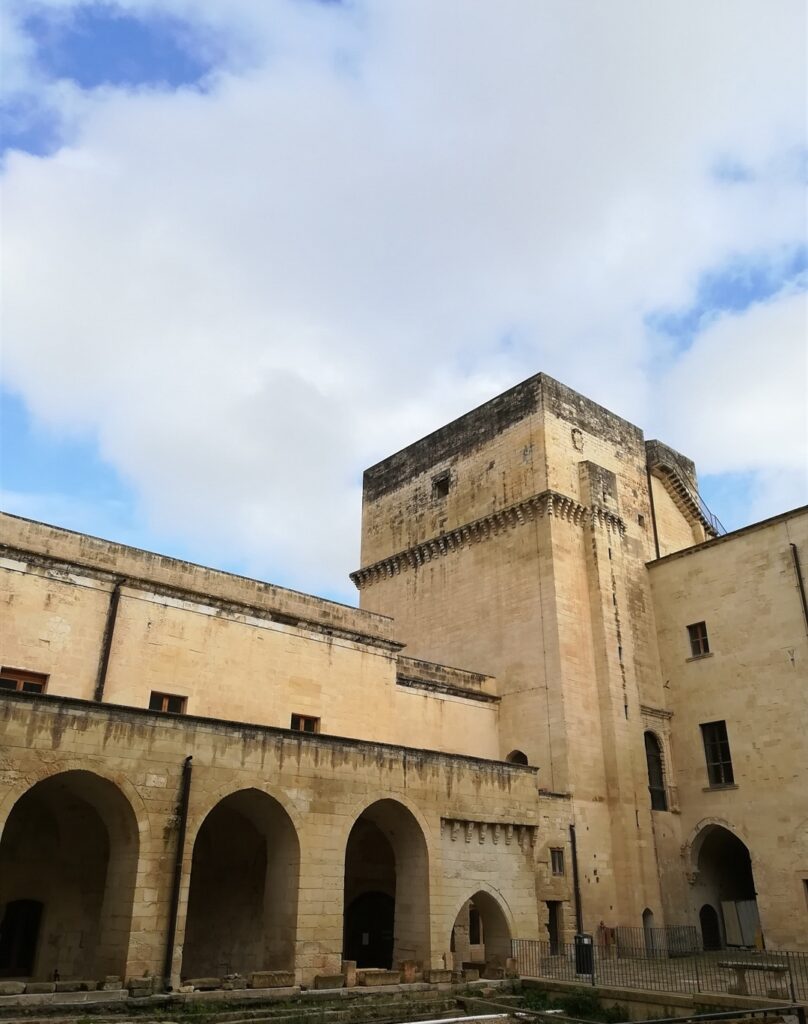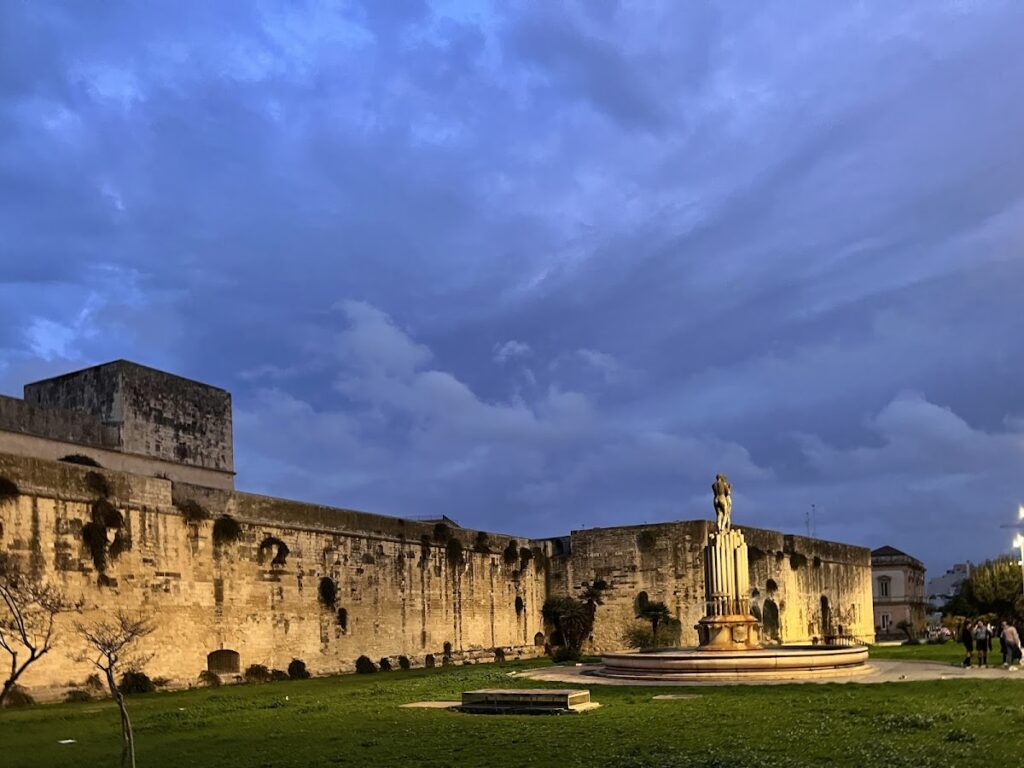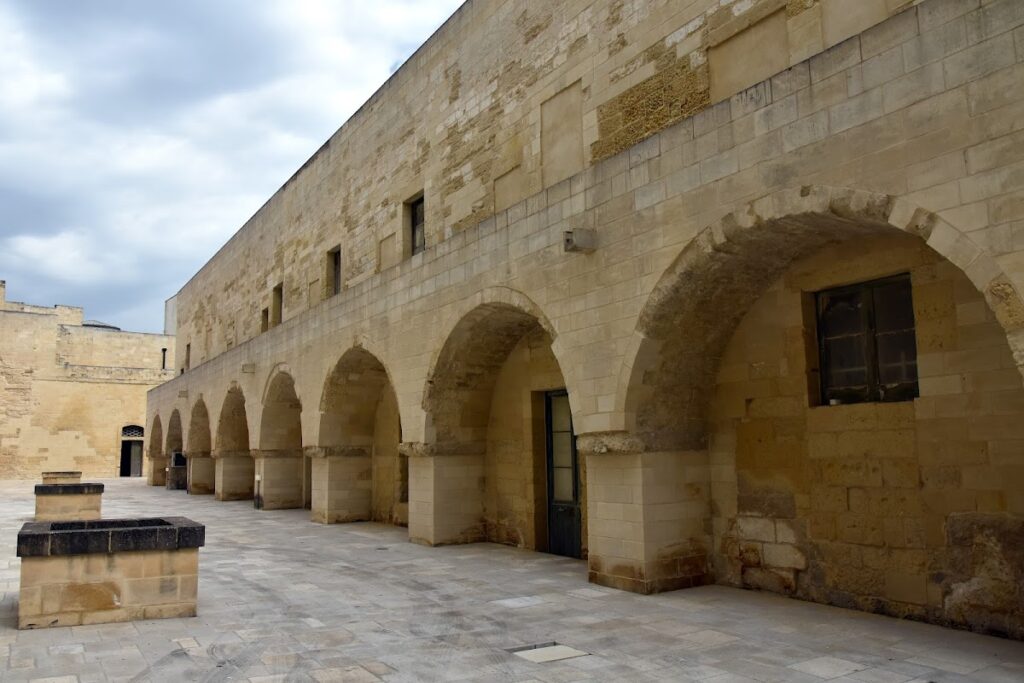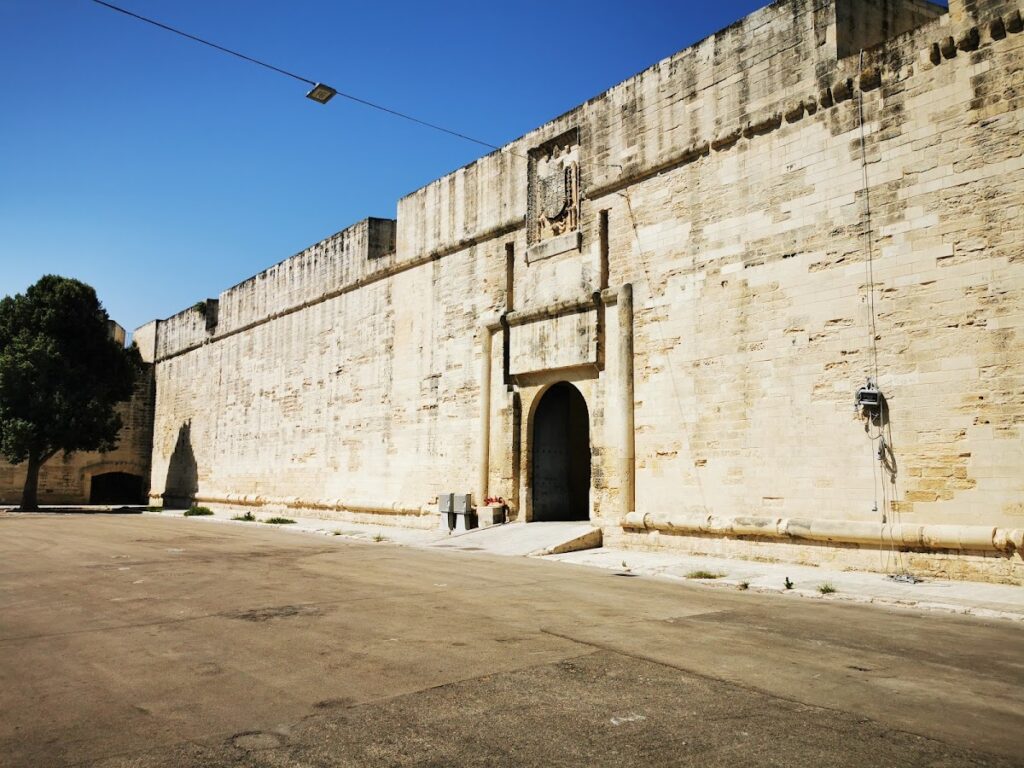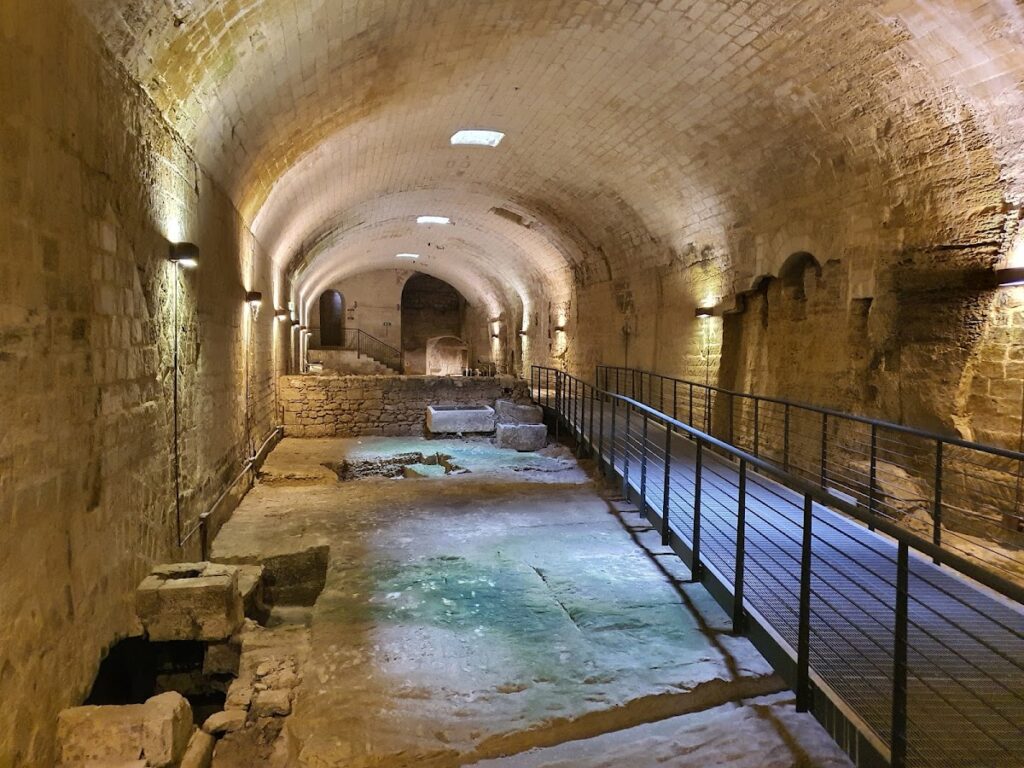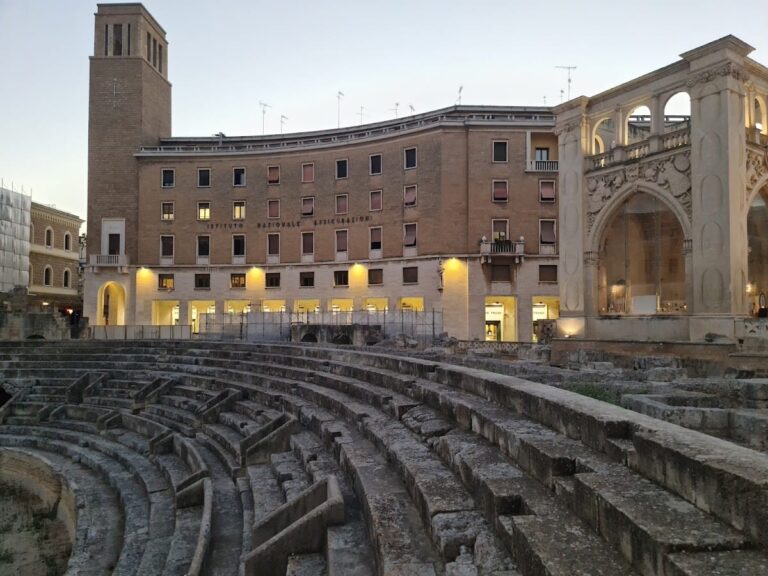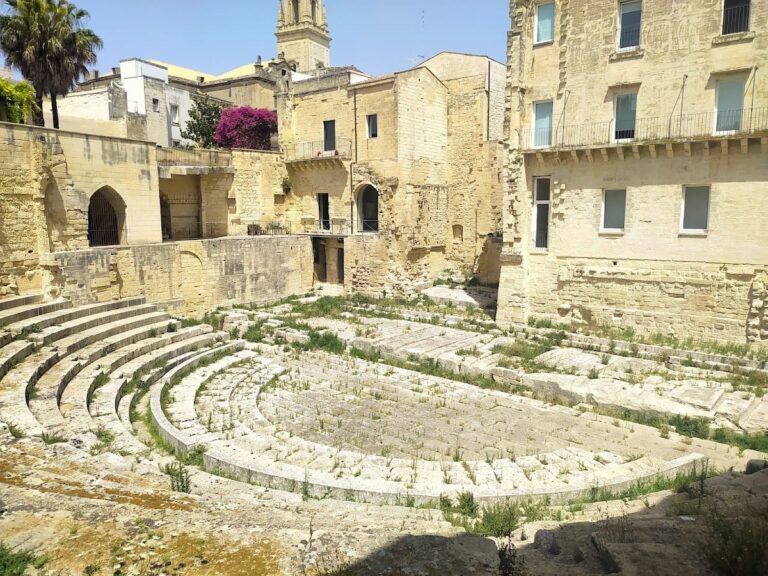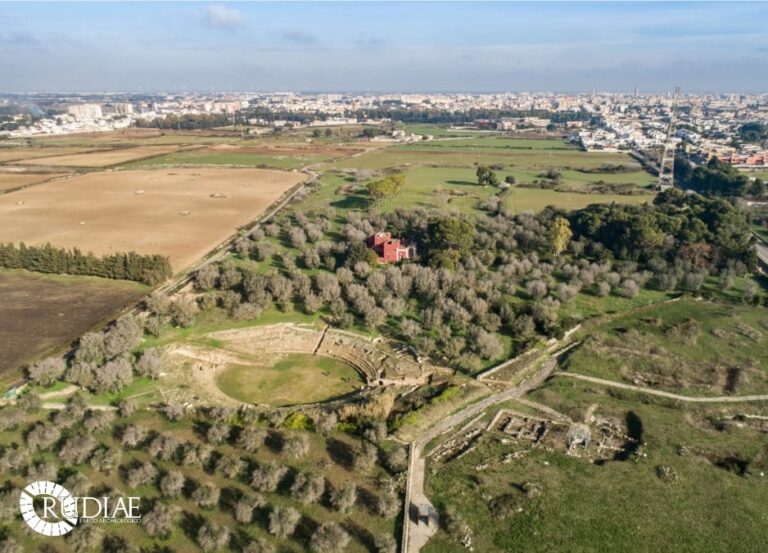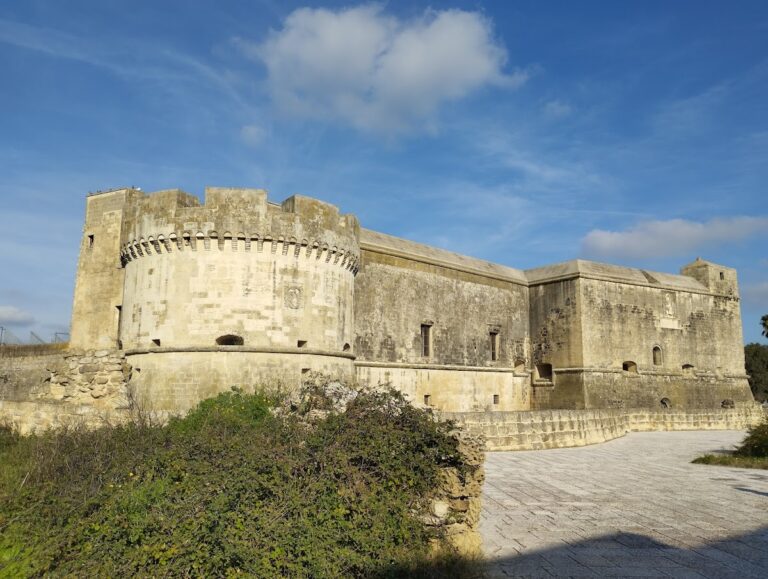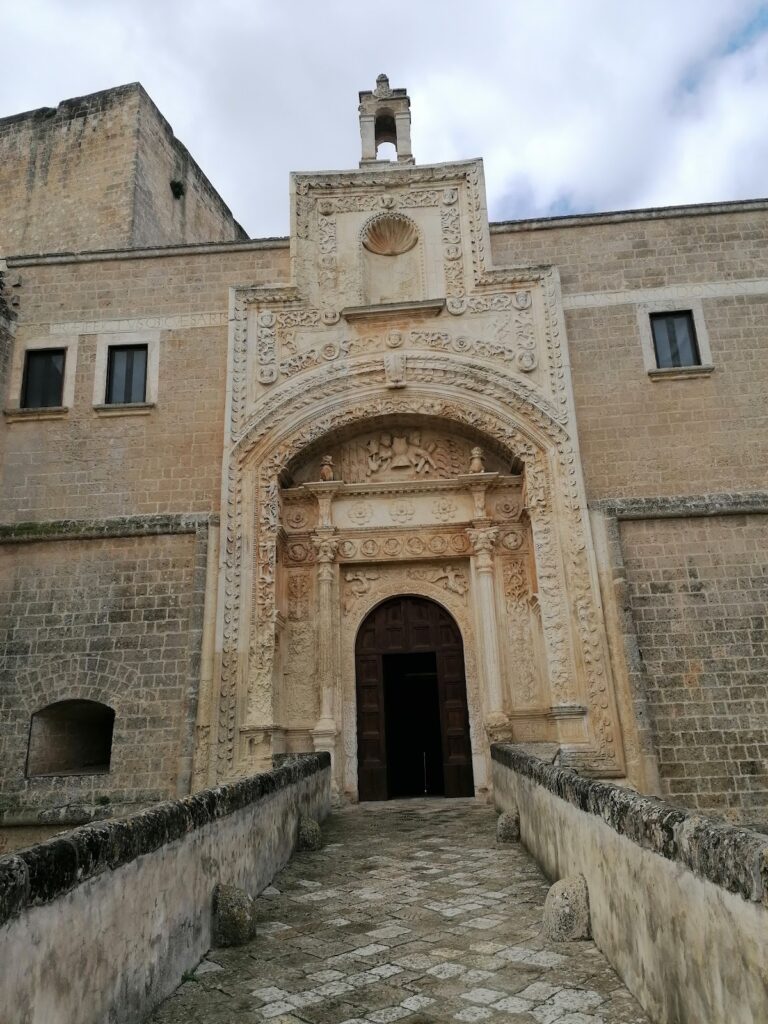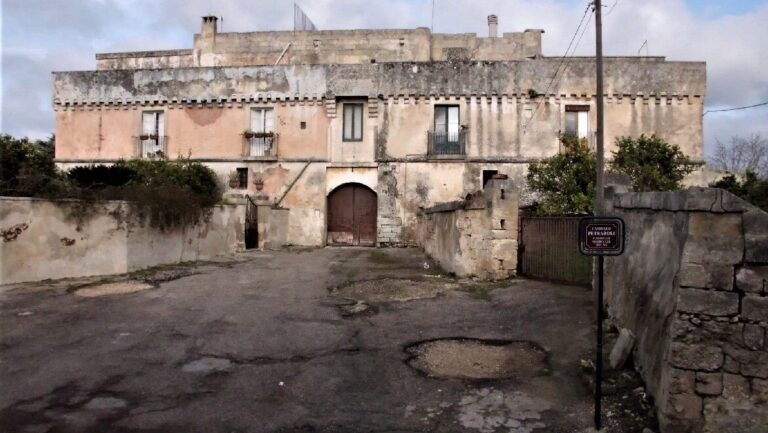Castle of Charles V, Lecce: A Renaissance Fortress with Medieval Roots
Visitor Information
Google Rating: 4.3
Popularity: Medium
Google Maps: View on Google Maps
Official Website: cultura.gov.it
Country: Italy
Civilization: Unclassified
Remains: Military
History
The Castle of Charles V is located in the city of Lecce, Italy. Its origins lie in medieval fortifications, but the present stronghold was created during the Renaissance under the rule of Emperor Charles V of the Habsburg dynasty.
The site originally hosted a medieval princely bastion and other earlier structures dating back to the 13th and early 14th centuries during the Swabian and Angevin periods. A tall, square tower from this era, known as the mastio or central keep, formed the core around which the later fortress was developed. Remains of a noble palace and a tower called Torre Mozza were also integrated into the castle’s foundation.
In 1539, Emperor Charles V commissioned the demolition of the medieval fortifications to construct a new fortress reflecting the advanced military architecture of the time. Gian Giacomo dell’Acaya, the Kingdom of Naples’ chief engineer, was charged with the castle’s design and construction, although his precise role in later modifications remains uncertain. Building continued primarily between 1539 and 1549, producing an imposing bastioned fortress intended to protect Lecce from frequent Turkish raids along the Adriatic coast.
To accommodate the castle’s footprint, the Celestine convent and the adjacent Church of Santa Croce, both important religious institutions, were demolished and subsequently reconstructed elsewhere in the city. The new fortress inherited the legacy of various gates from previous fortifications, including the main entrances known historically as Porta Reale and Porta Falsa. These entrances were heavily fortified and bore the imperial coat of arms of the Habsburg family.
During the centuries following its construction, the castle adapted to various roles beyond military defense. In the 18th century, one of its rooms was transformed into a theater, revealing a cultural use alongside its strategic function. A recorded anecdote tells that Gian Giacomo dell’Acaya was imprisoned within the castle in 1570 due to financial disagreements and died there the same year, linking the fortress closely with the engineer’s fate.
The castle remained an active military center well into modern times. From 1870 until 1979, it housed military barracks and served as a district headquarters. In 1872, the surrounding moat was filled in, and the drawbridges over the main gates were removed. The fortress transitioned to civilian administration when in 1983 ownership was transferred to the Municipality of Lecce, which now uses the site for cultural purposes.
Local legends recall that centuries earlier, in the 14th century, the noble Orsini Del Balzo family kept a white bear in the castle’s moat as a deterrent and sign of prestige. Though part of oral tradition, this story enriches the castle’s historical atmosphere.
Remains
The Castle of Charles V features a quadrangular plan with a bastion at each corner, following the modern style of fortification typical of the 16th century. These bastions are arranged clockwise and named S. Croce, S. Martino, S. Giacomo, and S. Trinità. They enclose straight walls called curtain walls, which are especially prominent along the west side facing Lecce’s city center.
Originally, the fortress was entirely surrounded by a moat, a defensive water-filled trench. Though the moat was filled during the 19th century and built over, some traces remain near the eastern gate, where elements of a drawbridge once stood. The castle’s two main gates—Porta Reale, which provided the only direct access from the city, and another gate on the opposite side—are distinguished by imperial Habsburg shields.
Archaeological investigations have revealed several components from earlier periods integrated into the later structure. The central keep, a tall square tower dating back to the 13th or early 14th century, remains at the heart of the fortress. Other older elements include parts of a medieval palace and the Torre Mozza to the southwest of the courtyard, all enclosed within the later Renaissance fortifications.
The castle was heavily armed for its defensive role, equipped with multiple artillery placements that remain visible today. Cannon openings and embrasures are evident at different levels of the walls and bastions, demonstrating the fortress’s preparedness against attacks, particularly from the Adriatic coastline.
The locations of documented entrances include the earliest known gate called Prima Porta or Primus Introitus, dating back to 1463 and connected to what later became known as Porta Reale. Two other gates, Porta Ferrata and Porta Falsa, also recorded in 1463, appear linked to distinct city directions and fortified zones.
Modifications such as the removal of drawbridges and the filling of the moat during the 19th century reflect changes in military technology and urban development. Despite these alterations, the castle’s bastions, curtain walls, gate features, and historical coats of arms preserve its commanding presence and architectural heritage.
